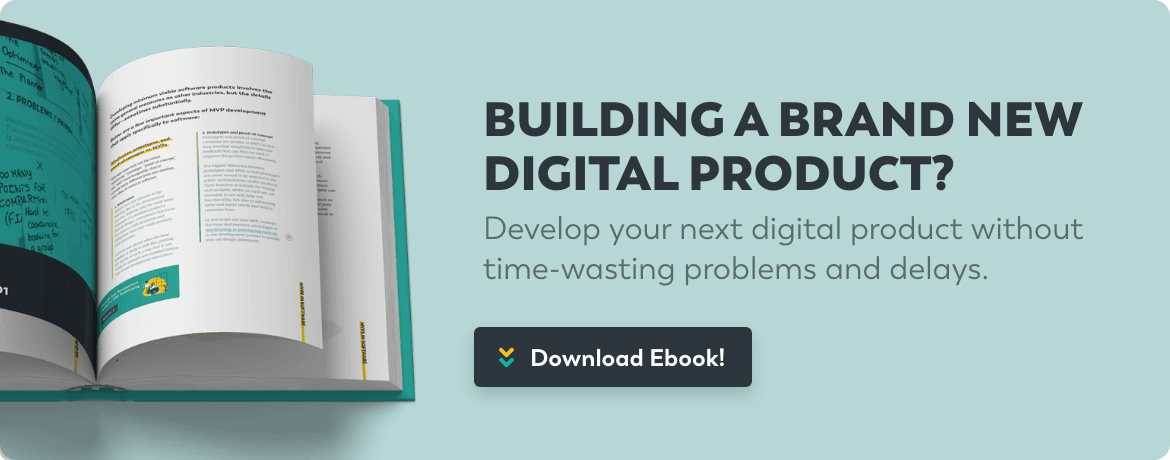With retail e-commerce sales growth projected to slow in the years ahead and the global market experiencing deep, rapid shifts in direction, the need for consistent revenue sources has been magnified.
Startups face intensifying competition online as more and more businesses adopt hybrid marketing models to reach more consumers. Unfortunately, many fail to recognize the time-tested strategies for maximizing recurring revenue streams that already exist.
Generating recurring revenue can help make your company’s performance more predictable. Plus, recurring revenue builds resilience even as competitors carve out space for themselves.
Generating predictable revenue
The strategies covered below can help your business build its foundation on consistent revenue streams.
Loyalty rewards
Implementing a loyalty program is one of the most widely tested (and proven) ways to bring one-time customers back for more. By directly incentivizing consistent purchasing behavior, you can keep your brand’s revenue streams steady without heavy investments in supplemental marketing.
There are numerous approaches to this particular recurring revenue strategy, including the currently popular push for omnichannel apps. However, a loyalty program can work just as well with little more than a customer’s email address or phone number. In fact, optimizing your loyalty program for simplicity and frictionless customer value can make it easier for your customers to keep up with.
Bulk discount pricing
Offering customers more for their money is a great way to get your foot in the door. It can also help keep you connected with your audience and even boost your profits.
Marking down prices whenever your customers purchase multiple products may seem like a losing tactic for bolstering recurring revenue, but it can actually be fairly effective. It costs less to secure a sale with an existing customer at a slightly lower margin than it does to attract new customers. Discounting bulk purchases generates more revenue per customer and enhances your business’s value proposition.
Adopting a tiered approach can help make this strategy more effective. For instance, give customers the choice to purchase at the lowest tier or transition to a higher tier, complete with lower costs on average and additional benefits. This helps grow revenue per customer without introducing an actual subscription or barring entry for those who can’t commit to a higher price tag.
Predictive marketing
Nothing highlights your brand’s commitment to its customers’ interests quite like offering them what they want, when they want it, at a price that appeals to them. That’s precisely what predictive marketing is all about:
- Relevant offers
- Great timing
- Perfect pricing
Getting a predictive marketing strategy right involves learning as much as you can about your customers and applying what you learn to best benefit their lives. You should also have a good idea of how customers are using what you offer. For instance, Amazon offers users a subscription purchasing option for items that are often replaced on a predictable schedule (medication, toiletries, office supplies, etc.).
Concierge services
Placing an individual agent in charge of each of your customers may sound like a costly strategy, but it can pay off generously if you implement it correctly. A customer concierge’s job is to carefully guide people to the products and outcomes they want from your business. This person ensures customers are satisfied and tailors repeat business opportunities to customers’ individual needs.
This is a high-effort strategy best suited to high price points, as you’ll need sufficient resources to make this work. Perfecting the concierge approach also involves juggling the same core actions as the strategies covered above:
- Problem solving. Whether your customers need more of what you offer at a lower price or something else entirely, it’s your point person’s responsibility to deliver.
- Consistency. A customer concierge needs to make an effort to keep up with customers—for example, with scheduled check-ins. They must be accessible for customers to contact for assistance.
- Anticipation. Predicting customer needs is core to a concierge’s responsibilities.
- Timing. Communicating with customers at the right time makes all the difference in convincing them to keep doing business with your brand.
Rewards for referrals
Implementing a referral program may seem similar to rewarding customers for loyalty and repeat purchasing, but the two approaches are actually quite different. A referral program optimizes your cost per acquisition, improving market penetration through incentivized word-of-mouth brand advocacy. Your loyalty program, on the other hand, encourages existing customers to buy more from your business.
A referral system is best tailored to potential customers with large followings. The people you reward through your referral program are not necessarily your aim—the customers they bring in are.
Tackling recurring revenue challenges
Unlike adopting a subscription model, the recurring revenue-building strategies described above encourage repeat purchasing by building trust between your brand and its customers.
At VeryCreatives, we help businesses implement their own recurring revenue models from day one. Reach out to our team to learn how a digital product agency can help your organization grow.
The first part of this article has been published here: Recurring Revenue: When Subscription Pricing Works and When It Doesn’t
